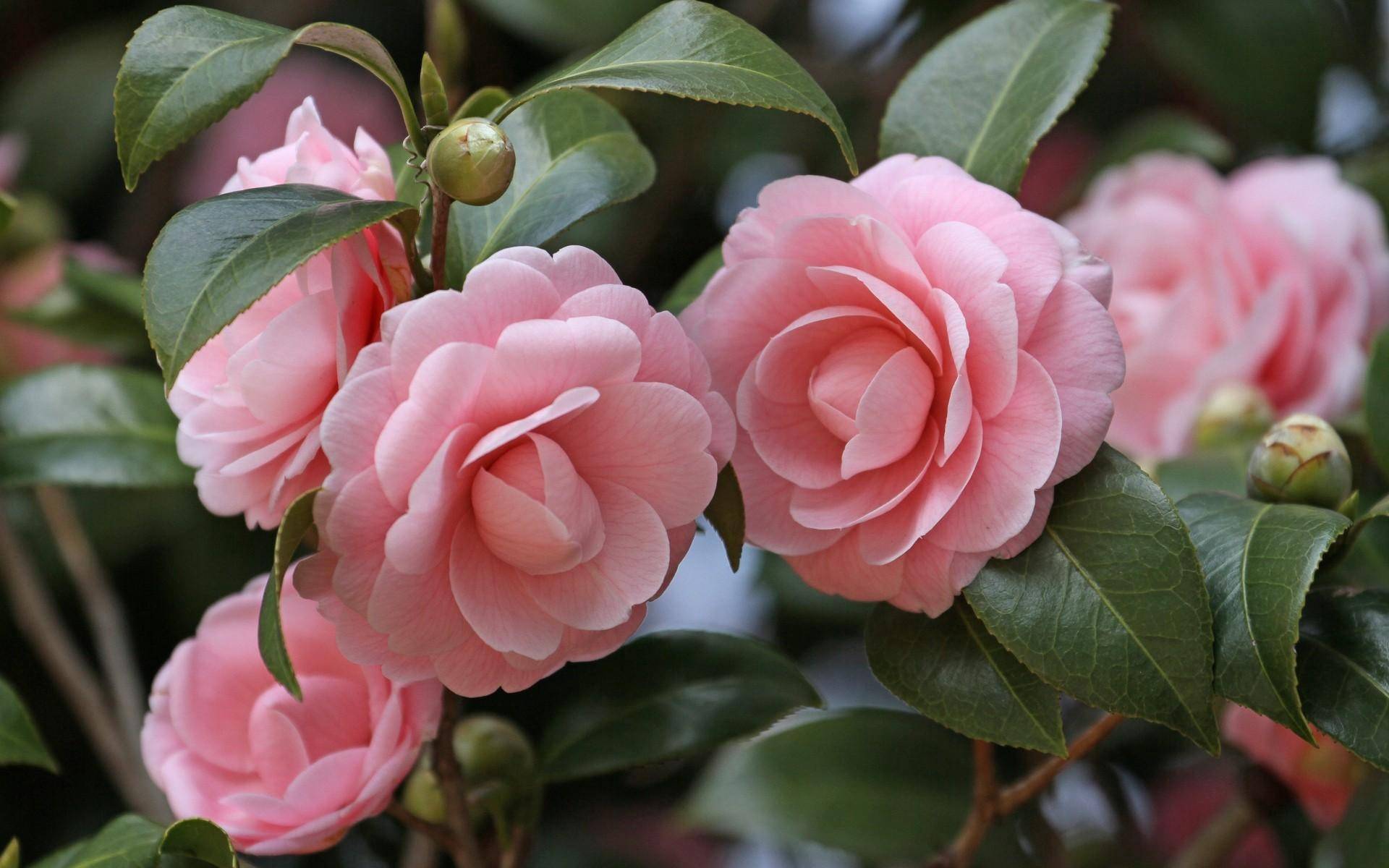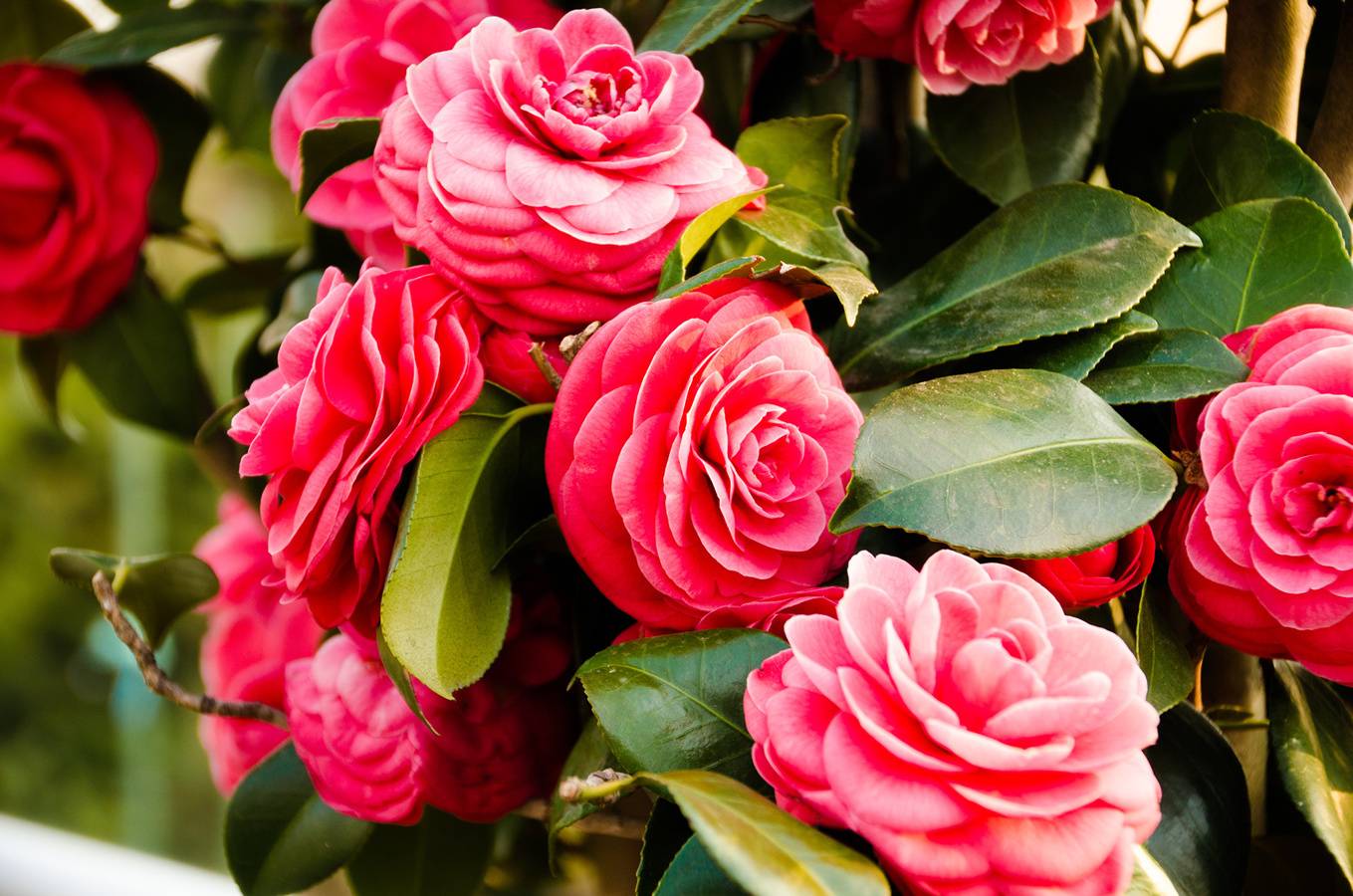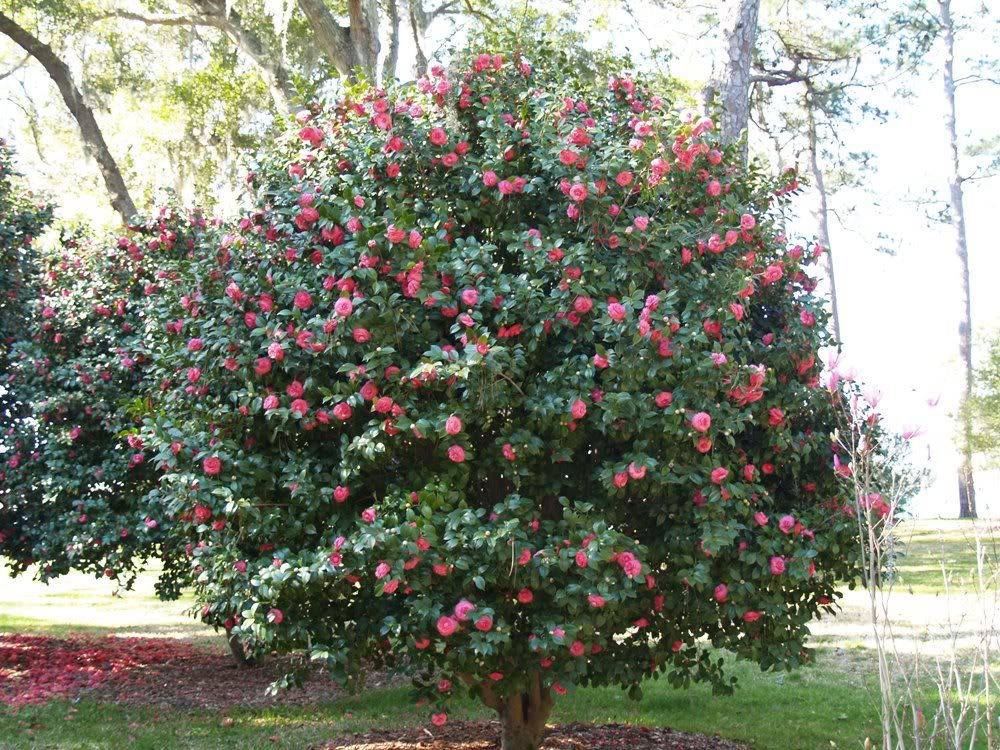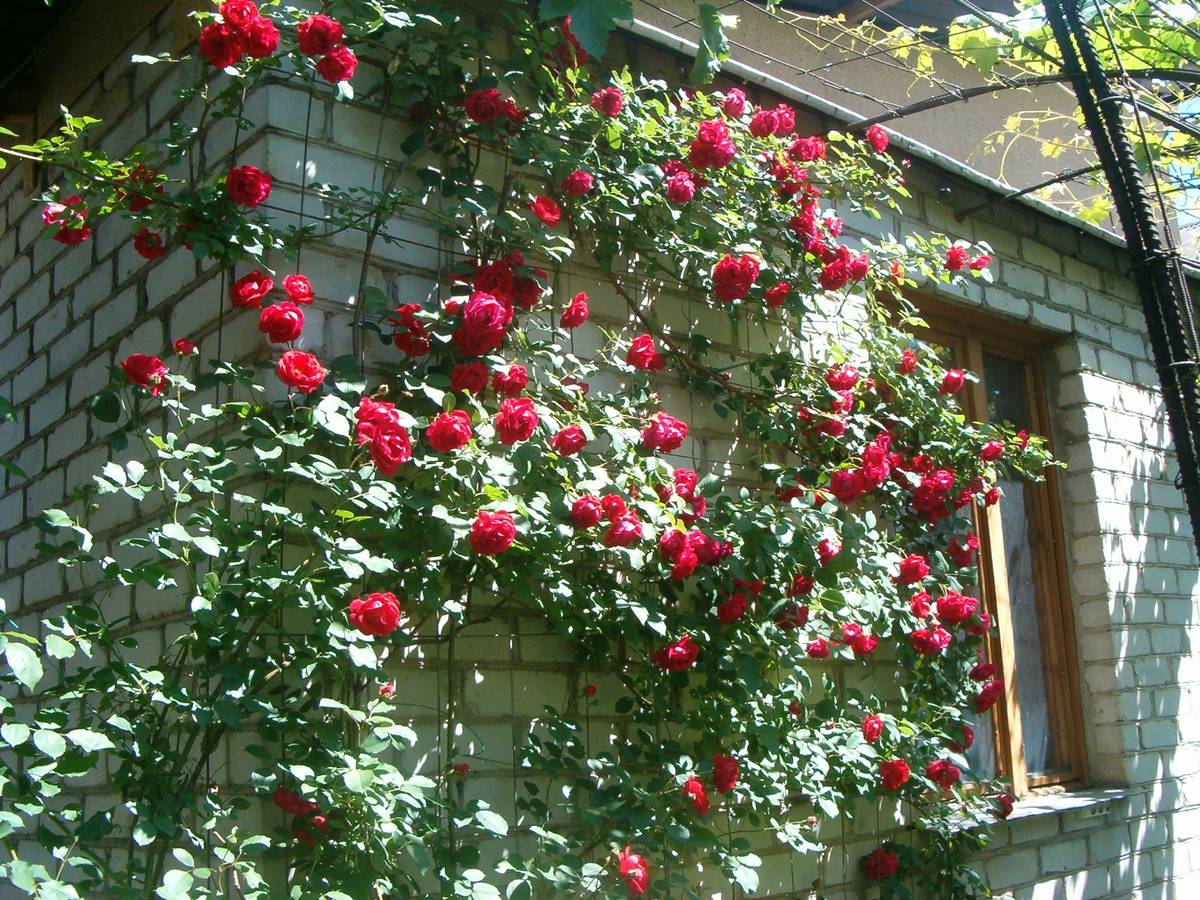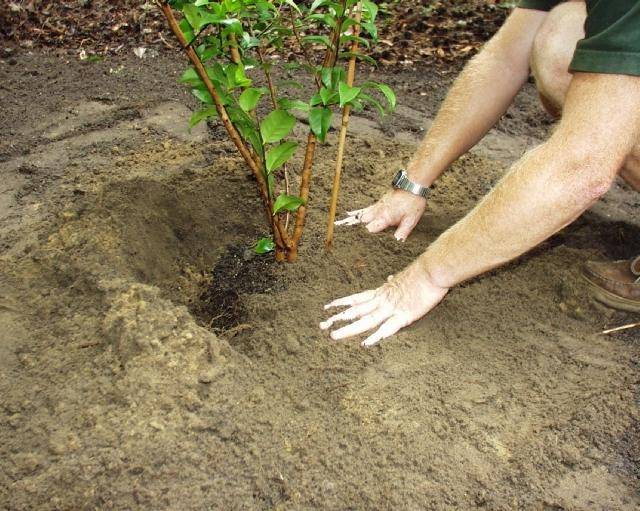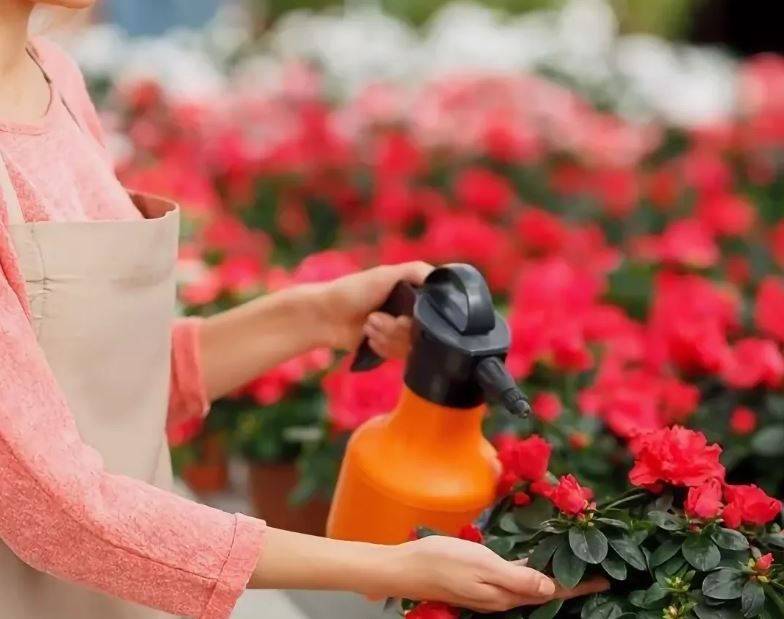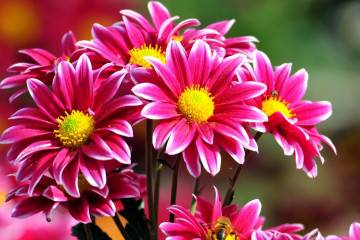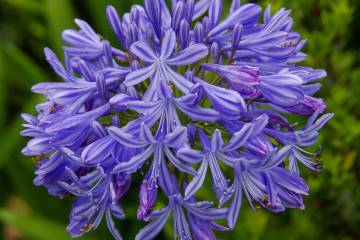Garden camellia - planting and care in the open field
Content:
Nothing speaks of spring like blooming camellias. These evergreen shrubs produce an abundance of showy flowers up to 10 cm in diameter in late winter or early spring. The colors look very pretty and range from white, yellow and pink to reds and purples with a lot of variation in between. Camellias create an impressive effect inside the home as well as in the garden.
Garden camellia - planting and care in the open field
The camellia flower is associated with the expression of positive feelings. Its most common meanings are:
- desire or passion;
- refinement;
- perfection;
- loyalty and longevity.
However, the beauty and longevity of a plant's flowering depends on the correct planting and care of it.
Camellia sinensis is used to make tea. Other varieties of the flower are used in Chinese herbal medicines to treat bacterial infections, heart disease, and asthma.
The origin and appearance of the plant
Like many flowers, camellia is the common name for the family. It was named after George's father Joseph Kamel, who unified the name of the plant in 1753.
The flower is native to Japan and China and has been part of their cultures for millennia. In fact, back in 2737 BC. e. the Chinese grew camellias. These flowers were not found in Europe until the mid-1700s. Only shortly before the turn of the century did they reach North America.
Camellia is native to flowering plants found in eastern and southern Asia, from the eastern Himalayas to Japan and Indonesia. There are about 100-300 species and about 3000 hybrids.
In our country, the plant grows very well in the conditions of the Krasnodar Territory. It is also possible to grow in the conditions of the Moscow region, central Russia. For the conditions of Siberia and the middle Urals, winter-hardy varieties are chosen.
Evergreen shrubs produce a variety of colorful flowers against a backdrop of dark green foliage. Shrubs usually grow to considerable height if not trimmed regularly. Flowers resemble roses and can be single or double.
Plant flower description
Camellia is an evergreen shrub or small tree 2 to 20 m high. Their leaves are alternating, simple, thick, toothed and usually shiny. The flowers are usually large and prominent, 1 to 12 cm in diameter with five to nine petals. Colors range from white to pink and red. Truly yellow flowers are found only in South China and Vietnam. Tea varieties are always white-flowered.The flowers are characterized by a dense bouquet of prominent yellow stamens, often contrasting with the flowers of the petals.
Camellia flower, care and reproduction in the garden of which requires effort, so novice gardeners need to be especially careful.
There is a wide variety of flower forms:
- single - flat, bowl-shaped;
- semi-double - rows of large outer petals, with a center consisting of mixed petals and stamens;
- double: the shape of a peony - a convex mass of irregular petals and petals with hidden stamens,
- anemone shape - one or more rows of outer petals, with mixed petals and stamens in the center;
- rose shape - overlapping petals showing stamens at the concave center when open;
- formal double - rows of overlapping petals with hidden stamens.
The fruit of the camellia plant is a dry capsule that is sometimes subdivided into five compartments, each containing up to eight seeds.
Winter hardiness of garden camellias
Camellia is considered an exotic plant and is not adapted to growing in harsh conditions with cold climates. Most varieties of this beauty are capable of pleasing the eye only in a winter garden. However, selection does not stand still: frost-resistant camellias appear, which can be grown outdoors in more severe conditions. True, caring for them requires increased attention.
Types and varieties
Today camellias are grown as ornamental plants for their gardens. There are about 3000 varieties and hybrids. Camellia Japanese is the most common cultivated species, with over 2,000 named varieties. This is followed by the Mesh Camellia with more than 400 varieties and the Sasankva (eugenol) camellia with more than 300 varieties.
Garden camellia tree - planting and care
Features of this variety:
- refers to winter-hardy species;
- capricious in leaving.
Features of planting a flower:
- planting only in spring;
- when planting in March-April, fertilizing is carried out;
- the first four years, it is possible to grow a flower in pots;
- from 4 years old, the plant can be transplanted into the ground;
- preferred landing site: shade;
- there should be no through wind at the landing site;
- the landing site can be fenced off with a hedge or wall;
- a mixture with soil for rhododendron is used as soil, which corresponds to acidic and moderately moist soil;
- plants should not be planted deeply.
Care features:
- few fertilizers are required, since the active growth period is April-June;
- irrigated water should not contain lime impurities;
- water during watering should not fall on the flowers;
- in the warm season, watering should be regular, in winter - a reduced option;
- feeding is carried out in the spring;
- mineral fertilizers and organic matter are used for feeding;
- young specimens are transplanted into pots annually.
Garden curly camellia - planting and care
It is not difficult to grow this variety, and care includes a standard set of activities:
- regular watering, especially during flowering and climbing;
- in arid climates, leaf spraying is required;
- in the spring, the application of complex fertilizers is required;
- the transplant is carried out every two to three years;
- to stimulate growth, the shoots are pinched.
Camellia standard - planting and care
Features of caring for this variety:
- frequent but moderate watering;
- regular feeding;
- pruning;
- transplanting bushes as they grow;
- periodic spraying of leaves with water.
Transplanting garden camellia after purchase in open ground
After a flower in a pot has been purchased, it is necessary to transplant it into open ground. Planting and caring for camellia outdoors takes into account a number of requirements.
What is needed for landing
How to plant camellia correctly? Camellia is a lover of acidic soils. Fertile and permeable soils are especially suitable for planting this shrub. When planting, it is important to remember that camellias do not like planting too deep. They sit so that their root collar is flush with the ground.
Various species of camellia plants tend to adapt well to acidic soils rich in humus, most species grow poorly on calcareous soil or other calcium-rich soils.
The soil should be chosen so that the pH is between 6 and 6.5.
A necessary condition for the good development of plants is the mulching of leaves, grass, crushed bark or chips with humus, that is, everything that ensures the preservation of the acidity and moisture of the soil at the roots.
Choosing the best place
Camellias have a reputation for being demanding and picky plants, but a lot depends on how you plant them.
The bush should be planted in a shady place, not in direct sunlight. The following rules for choosing a place should be taken into account:
- shady place;
- exclude direct sunlight;
- eliminate the likelihood of drafts;
- can be planted near a wall or hedge;
- light to the flower should fall through the lace of the branches, so planting between trees is possible;
- you can not choose a place with stagnant water to prevent root rotting;
- you can choose the eastern or western walls of the fence of the garden area;
- when planting, place the plant slightly higher than the surrounding soil. This allows excess water to drain away from the center of the plant;
- Do not plant this shrub where it has competition for nutrients.
Step-by-step planting process
Planting tips:
- the planting hole should be as deep as the root ball and twice as wide;
- center the plant and fill the hole by tilting the soil to the sides;
- the top of the root should be 2-4 cm above the soil level;
- Do not cover the top of the root ball, but mulch around the plant.
Step-by-step instructions for planting:
- A planting hole should be dug on the prepared bed.
- The volume of the pit should be twice the volume of the earthen coma with the roots of the plant.
- At the bottom, lay out a drainage of expanded clay or fine gravel 20 cm thick.
- A pile of earth is poured according to the required composition.
- The seedling is placed on top.
- The roots are straightened and covered with earth.
- The root collar should not be covered.
- The soil near the trunk is compacted.
- Watering is carried out.
After planting, the land is necessarily mulched from above with peat.
Reproduction of camellia
Since camellia is a perennial shrub, its reproduction is possible. There are two options: cuttings and seeds. Each method has its own advantages and disadvantages.
Propagation by cuttings
For propagation of the camellia variety, the vegetative method of cuttings is more suitable. You can choose shoots of the current year with two or three internodes with developed buds.
The size of the cuttings is individual, varies from 3 to 12 cm and depends on the varieties of camellia. An oblique cut is made from the bottom of the stem under the depression, the bottom sheet should also be cut.
To increase the likelihood of rooting, cuttings are placed in a stimulant solution (for example, root) for 5-7 hours and planted in clean river sand, shielding glass or film. An important condition for rooting is maintaining a constant temperature from 23 to 27 ° C.
Growing from seeds
Camellias can also be propagated with fresh seeds. The usual germination rate is 80-90%. Seeds are not stored for a long time, as they quickly lose their ability to germinate. Camellia seeds are ordered from the catalogs of well-known companies.
The ideal soil for planting is a mixture of river sand and peat in equal proportions. To speed up the germination of seeds, the air in the room where the seedlings are grown is warmed up to + 22 ° C. Seedling and rooting takes place throughout the year.
Camellia in the garden: care and cultivation
When growing camellia in the garden, there are some peculiarities that relate to watering, transplanting and applying top dressing.
Watering mode
Good plant development is the result of proper cultivation and care. Proper watering helps the plant grow quickly.
Regular watering must be ensured throughout all seasons. In the summer they water more generously, taking into account the weather conditions and the landing site. If the summer was hot and dry, spray camellia bush should be carried out. In cooler winters, watering is more careful and infrequent.
Watering rules:
- stagnation of water in the root system is strictly prohibited;
- the next moistening is carried out after the top layer has dried;
- drying out of the coma should not be allowed;
- the use of rainwater, settled water.
Top dressing
To feed camellias in the garden, use mineral fertilizers or organic matter.
Rules for the subcortex of street camellias:
- feeding is carried out from March to August 1 time in 2 weeks;
- liquid fertilizers for azaleas and orchids can be used as fertilizer;
- do not use fertilizers containing calcium magnesium;
It should be borne in mind that excess fertilizer can be harmful. Top dressing should only be applied to wet soil.
Features of care during the flowering period
Among the features of caring for a flower during its flowering process, the following requirements should be considered:
- transplanting during flowering is allowed;
- subcortex and watering is required;
- maintaining the temperature +20 +25 ° C;
- high air humidity is required;
- only leaves can be sprayed;
- moisture on flowers is prohibited;
- pruning shoots so that 3-4 flowers remain on the branch.
Features of care during the rest period
Proper care during the rest period is to create favorable temperature conditions. In winter, the plant needs cold, in the apartment it can die. Therefore, in winter, the plant is kept on a glazed balcony at a temperature of +10 +15 ° C.
Preparing for winter
During the cold winter months, when the ground freezes, the roots cannot absorb water from the soil. Thus, drying is the main cause of winter damage and death of camellias. With this in mind, the placement of camellias in the landscape will have a significant impact on winter survival. Protection from winter sun and wind is critical
This can be achieved by planting camellias on the north side of a building or home. An established tree line or large evergreen conifers can also be used as a moderate form of winter protection. The north side of the building will have the most shade during the winter months.
Only careful care and care of the plant during all periods of its growth (flowering and rest) can ensure the health of the camellia, the beauty of the flowers. Camellia is an empress among the blooming ones. You can grow it both at home and in the garden. The rules of care are the same, taking into account some features. Camellia is a "capricious" plant, so learning how to care for a flower is crucial.
